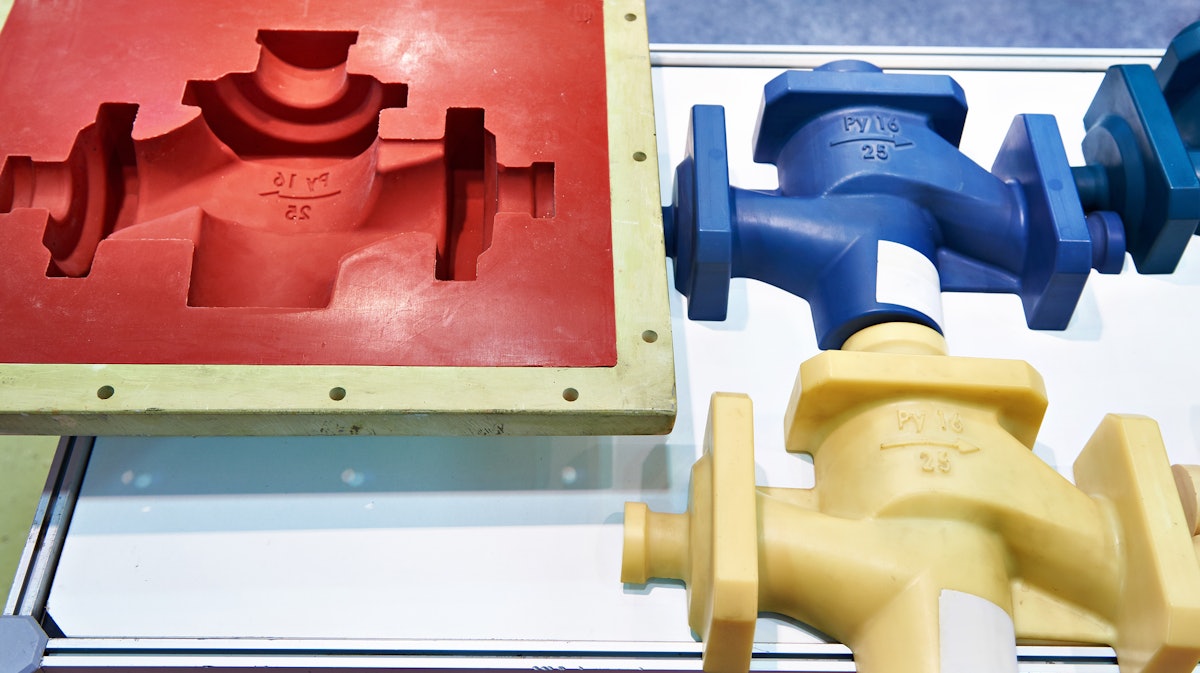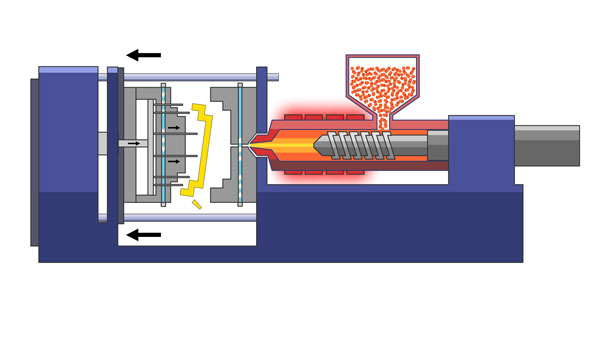The Definitive Guide for Plastic Manufacturings
Wiki Article
The 2-Minute Rule for Lean Manufacturing
Table of ContentsThe 2-Minute Rule for Lean ProductionThe Ultimate Guide To MfgNot known Facts About Plastic ManufacturingThe Best Strategy To Use For Plastic ManufacturingAll About Lean ManufacturingWhat Does Lean Production Do?
The message on this web page is an example from our full White Paper 'Shot Moulding for Purchasers' - * Example message * - for complete overview click the download switch over! Intro This guide is planned for people who are looking to resource plastic mouldings. It gives a much needed insight into all that is involved with creating plastic components, from the mould device needed to the moulding process itself.If you intend to check out even more, the guide covers types of mould tools, in addition to special completing procedures such as colours & plating. Words that are underlined can be found in the glossary in the appendix ... Component I: Moulding: The Essentials The Advantages of Shot Moulding Plastic injection moulding is a really specific process that offers numerous benefits over other plastic handling approaches.
Precision is ideal for really elaborate components. You can hold this moulding in the palm of your hand and it has employers, ribs, steel inserts, side cores and holes, made with a gliding shut off feature in the mould tool.
Some Of Lean Manufacturing


The Of Manufacturing
from material feed Product melting; material injection; shot time and ejection to the re-closing of the mould tool ready device prepared next cycle. Draft angles - The walls of a moulded part need to be a little tapered in the instructions in which the component is ejected from the mould device, to enable the part to be expelled conveniently.Ejector stroke - The pushing out of ejector pins to eject the moulded part from the mould tool. Ejector stroke rate, length and timing needs to be very carefully managed to avoid damages to the ejectors and mould device, but at the same time make the moulding cycle as brief as possible.

9 Simple Techniques For Manufacturing
Ribs - When a plastic part has thin wall surfaces, ribs are contributed to the design to make the slim walls more powerful Side cores - Side action which creates why not look here a function on a moulded component, at an opposing angle to the normal opening instructions of the mould device. additive manufacturing. The side core needs to be able to withdraw as the plastic part can not be ejected otherwise.
Wall surfaces - The sides of a moulded component The message on this page is an example from our full White Paper 'Shot Moulding for Purchasers'.
Production procedure for generating components by infusing molten product right into a mould, or mold and mildew Simplified diagram of the process Injection moulding (U.S. spelling: shot molding) is a manufacturing procedure for generating components by infusing molten material right into a mould, or mold. Injection moulding can be carried out with a host of products generally including metals (for which the procedure is called die-casting), glasses, elastomers, confections, as well as most commonly thermoplastic and thermosetting polymers. Injection moulding is commonly used for making a variety of components, from the smallest elements to whole body panels of cars. Advancements in 3D printing innovation, utilizing photopolymers that do not thaw throughout the injection moulding of some lower-temperature thermoplastics, can be used for some simple injection moulds. Shot moulding uses a special-purpose machine that has three components: the shot unit, the mould and also the clamp.
What Does Oem Do?
, with the quantity used of the former being considerably higher.: 13 Thermoplastics are widespread due to characteristics that make them very appropriate for injection moulding, such as simplicity of recycling, flexibility for a wide selection of applications,: 89 as well as ability to soften and move on home heating.In numerous dental caries moulds, each tooth cavity can be similar as well Discover More Here as form the very same parts or can be special and also develop several various geometries during a solitary cycle. Moulds are typically made from device steels, yet stainless steels and also aluminium moulds are ideal for certain applications. Aluminium moulds are usually improper for high volume production or components with slim dimensional tolerances, as they have inferior mechanical residential or commercial properties and also are a lot more prone to use, damage, as well as deformation throughout the shot and securing cycles; nevertheless, aluminium moulds are affordable in low-volume applications, as mould manufacture costs and also time are significantly lowered.
When enough material has collected, the material is compelled at high stress and also velocity into the part developing dental caries. The exact quantity of contraction is a function of the material being used, and also can be reasonably foreseeable. To stop spikes in pressure, the process normally utilizes a transfer position representing a 9598% full cavity where the screw changes from a continuous speed to a consistent pressure control.
What Does Die Casting Do?
The packing pressure is applied up until the entrance (tooth cavity entryway) strengthens. Due to its little dimension, the gateway is normally the first location to solidify through its entire thickness.: 16 Once the entrance solidifies, no more material can go into the tooth cavity; appropriately, the screw reciprocates as well as obtains product for the following cycle while the product within the mould cools down so that it can be ejected as well as be dimensionally steady.Report this wiki page